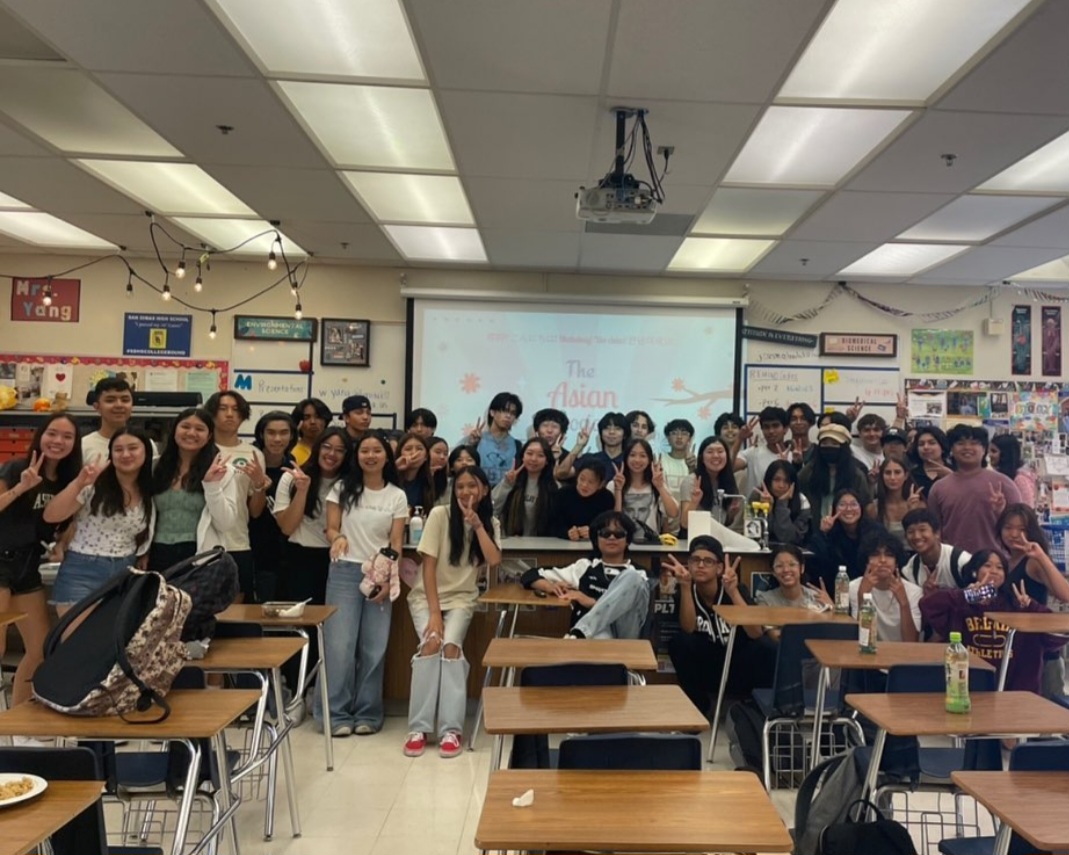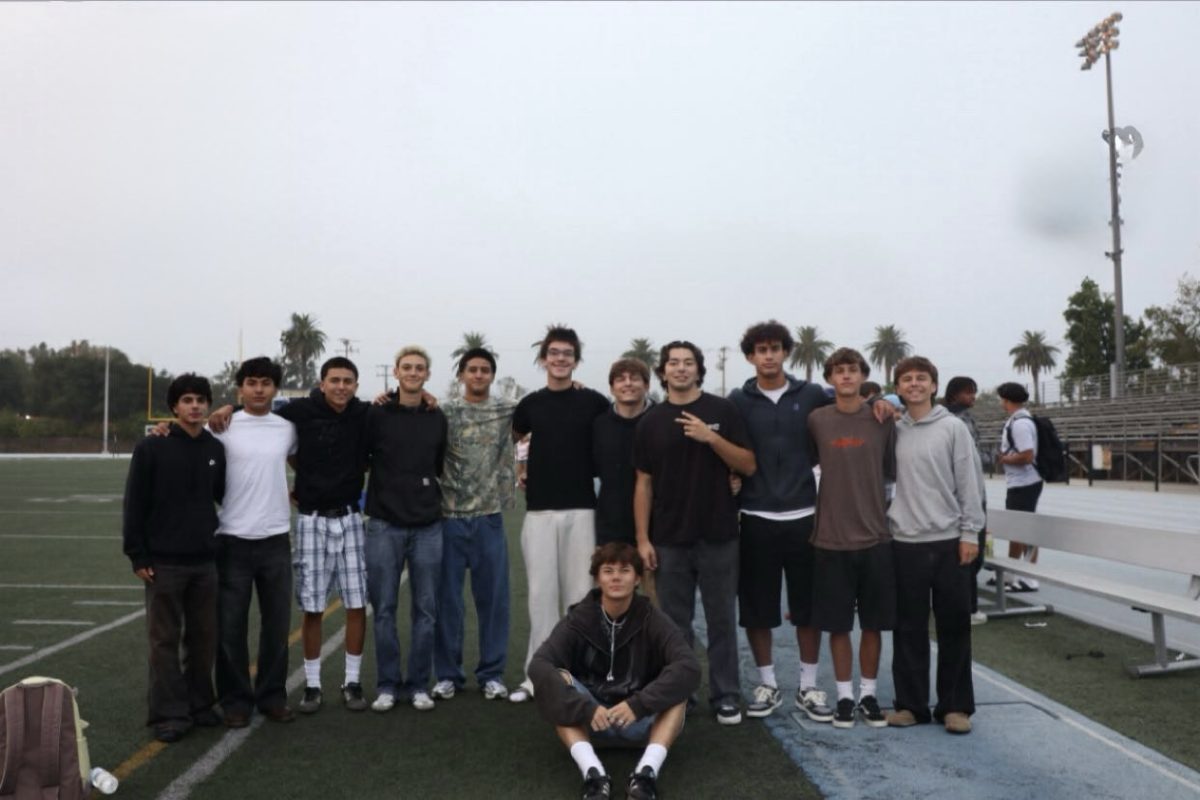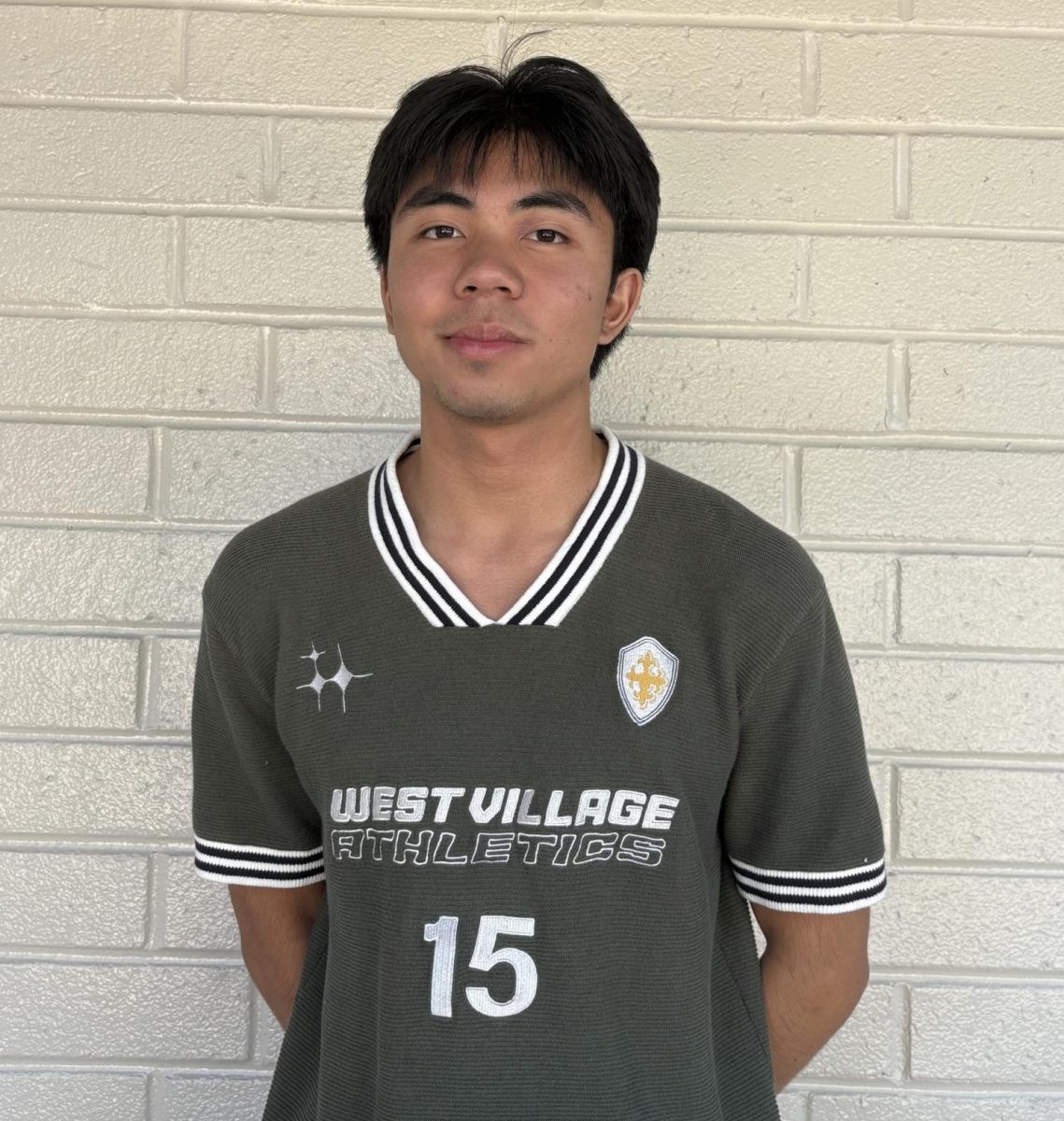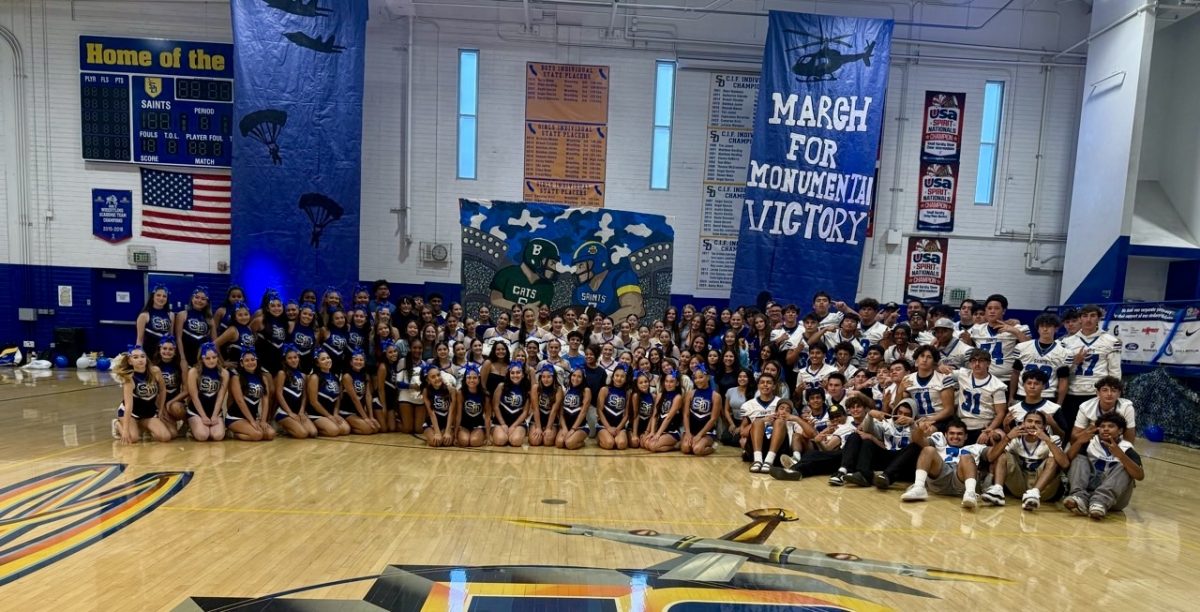October was Filipino Heritage Month and the 2023 theme was about recognizing 125 years of Philippine-American history. Filipino Heritage Month was first celebrated in 1992 and was made official in 2009. October is a time to honor the rich and diverse history of Filipino Americans. SDHS’s Asian Association club is commemorating this month by sharing Filipino culture with the community.
Filipino Heritage Month is celebrated in October since October 18th, 158 marks the first recorded arrival of Filipinos to the continental United States at what is now Morro Bay, California. In modern times, California continues to be home to a large subpopulation of Filipino Americans. Filipino Heritage Month helps drawn attention to the culture, history, and the many ways that Filipino Americans have contributed to the country.
The SDHS Asian Association spent October sharing Filipino culture with the San Dimas community. For example, at Food Frenzy, the club sold Lumpia, a Filipino finger food, as well as hosted a themed meeting.
The club’s Vice President Lucas Adriano says that “…to many Filipinos, this month may not be a celebration, but as a remembrance of their predecessors in this country.” The sophomore is a First Generation Filipino and feels the responsibility “of passing my culture on to not just other Filipinos who may not know where they came from, but even to others who aren’t Filipino.” He goes on to explain that “ being Filipino and Igorot (tribe native to the Philippines) introduced me to so many things in my life whether it’s friends, food, or stories I’ve never heard! The resilience and the community of Filipinos makes me proud to be Pinoy!”
Adriano expresses how integral being a Filipino has been to his life, as it has allowed him to connect with others through food, events, and online as well. “The Filipino community is so tightly knit that whenever a piece of Pinoy media comes out, everyone already knows about it.” He also tells of how he and his sister have participated in events like “Igorot/Pinoy athletic meets where many teams on the west side of the United States compete against each other, as well as going to protests demanding justice for Filipino veterans who fought in World War 2.” Adriana references the injustice committed against Filipino World War 2 veterans in which they were promised the same benefits as any other soldier. However, this was prevented when the government passed a law known as the Rescission Act of 1946. Since then, indignant Filipino veterans and others have fought for the reversal of the law without success.
Filipino service in World War 2 is just one example of the long, diverse, and rich history of Filipino Americans. Adriano would like to remind readers that, “Filipino culture doesn’t just stop at Bruno Mars or Lumpia, it’s a wide web of people and ideas spread all over the world, and I plan to learn as much as I can about myself and what defines the word “Filipino”!








